Stanford researchers make ammonia from air and water microdroplets
Green Car Congress
MAY 1, 2023
Stanford researchers, with a colleague from King Fahd University of Petroleum and Minerals, have developed a simple and environmentally sound way to make ammonia with tiny droplets of water and nitrogen from the air. nmol s −1 cm −2 at room temperature without application of an external electric potential and without irradiation.







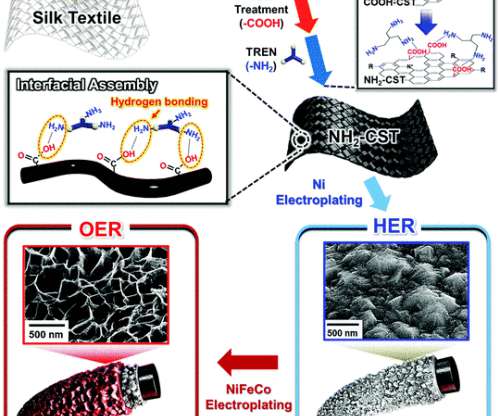

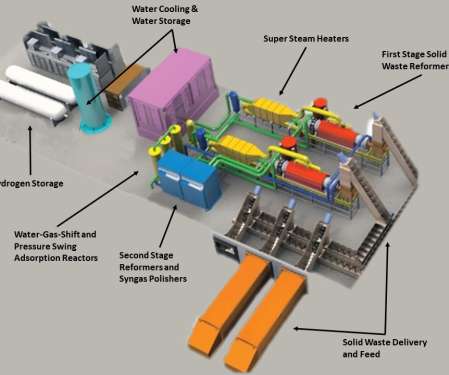
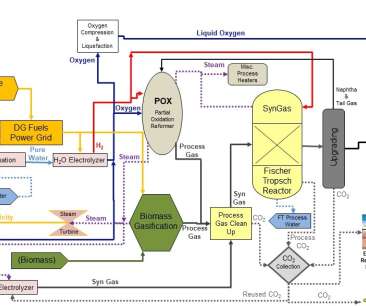
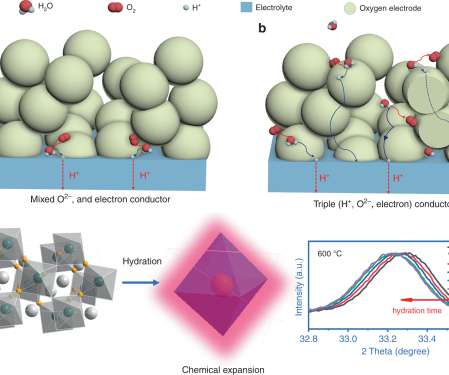


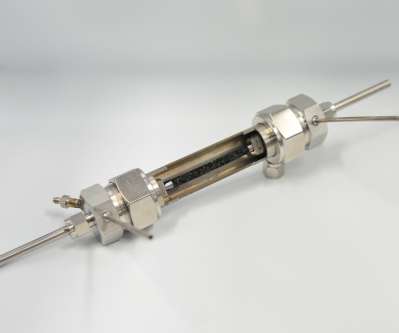

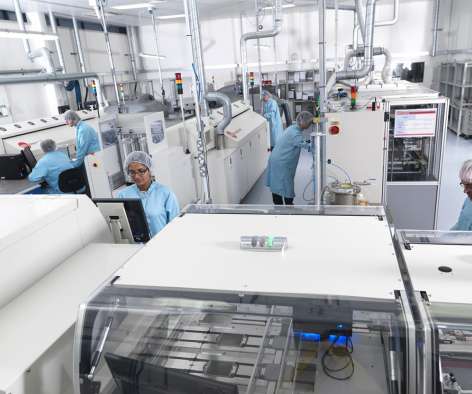























Let's personalize your content